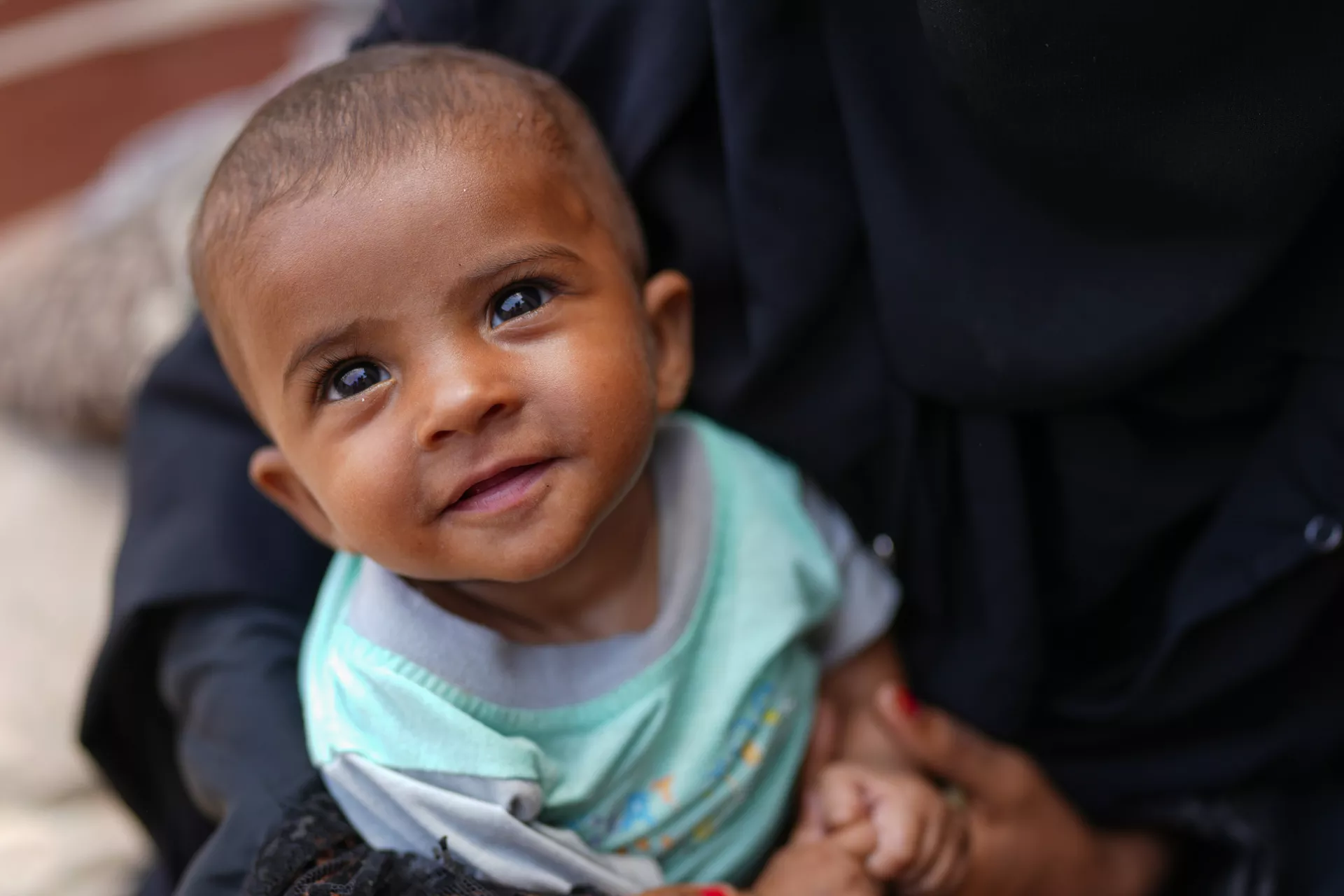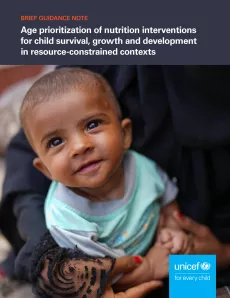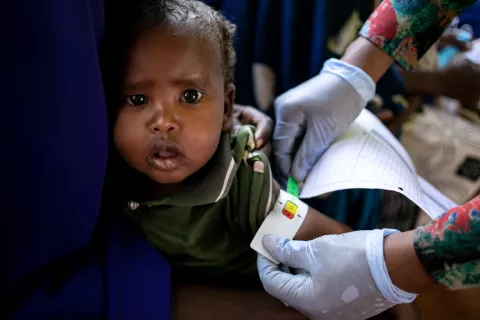Age prioritization of nutrition interventions in resource-constrained contexts
Brief guidance note

Highlights
Despite significant advancements in reducing global child mortality and malnutrition, a substantial number of children still die due to preventable causes, including undernutrition. Maternal and child nutrition programmes have been instrumental in avoiding child mortality, yet they often grapple with insufficient resources, limiting their effectiveness in reaching the most vulnerable populations. Age prioritization is emerging as a strategic approach, allocating resources to the youngest children who are most vulnerable to malnutrition and mortality. The approach enhances the effect of preventive nutrition programmes, maximizing impact on child survival, growth, and development within available resources. This brief guidance note sets out the applicability of age prioritization in three areas of nutrition programming: micronutrient supplementation, home-based food fortification, and the early detection and treatment of children with severe wasting. It is concluded that prioritizing the youngest children in resource-limited settings can be beneficial, but considering other risk factors for malnutrition and mortality, including poverty, also remains essential.



